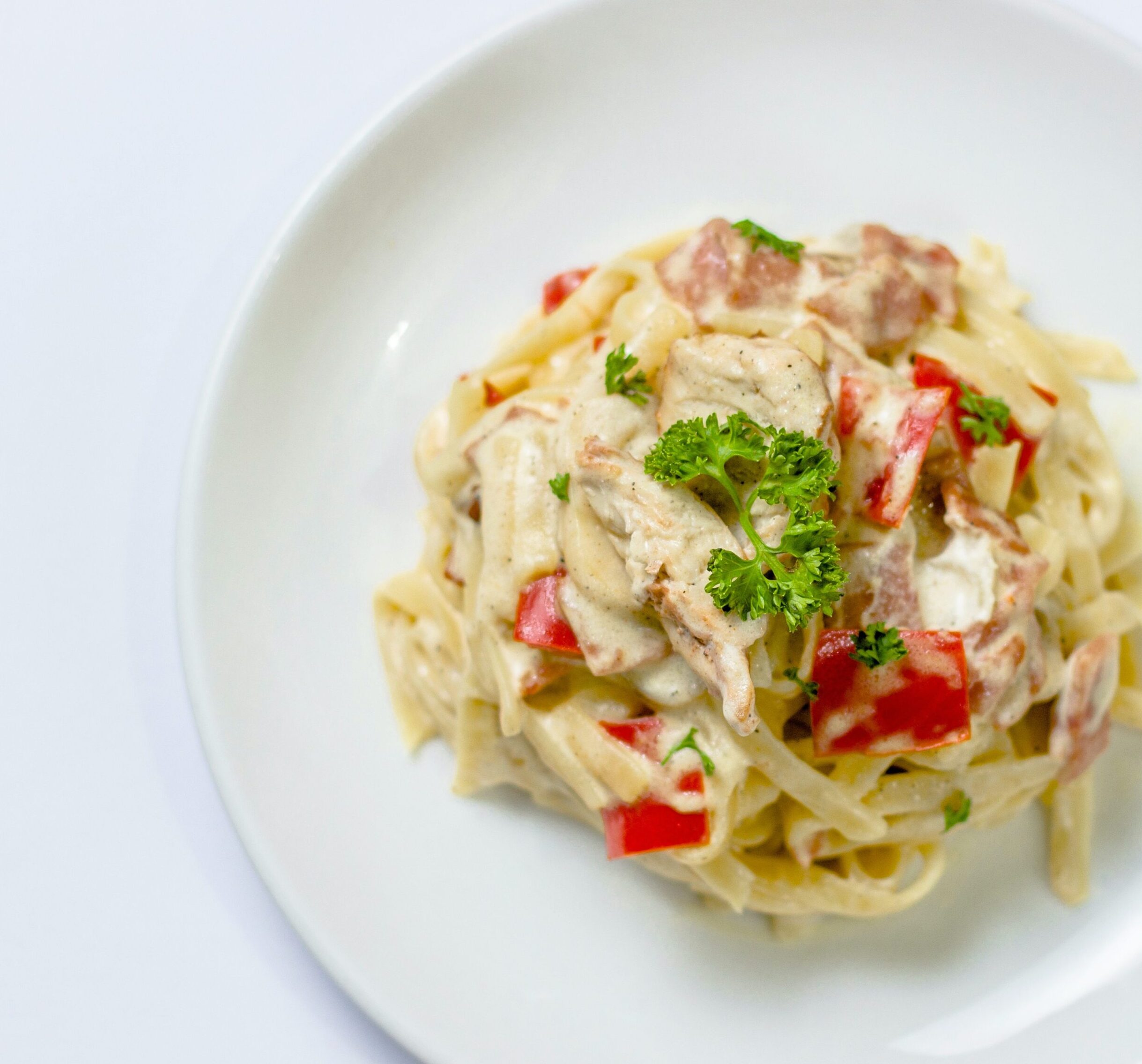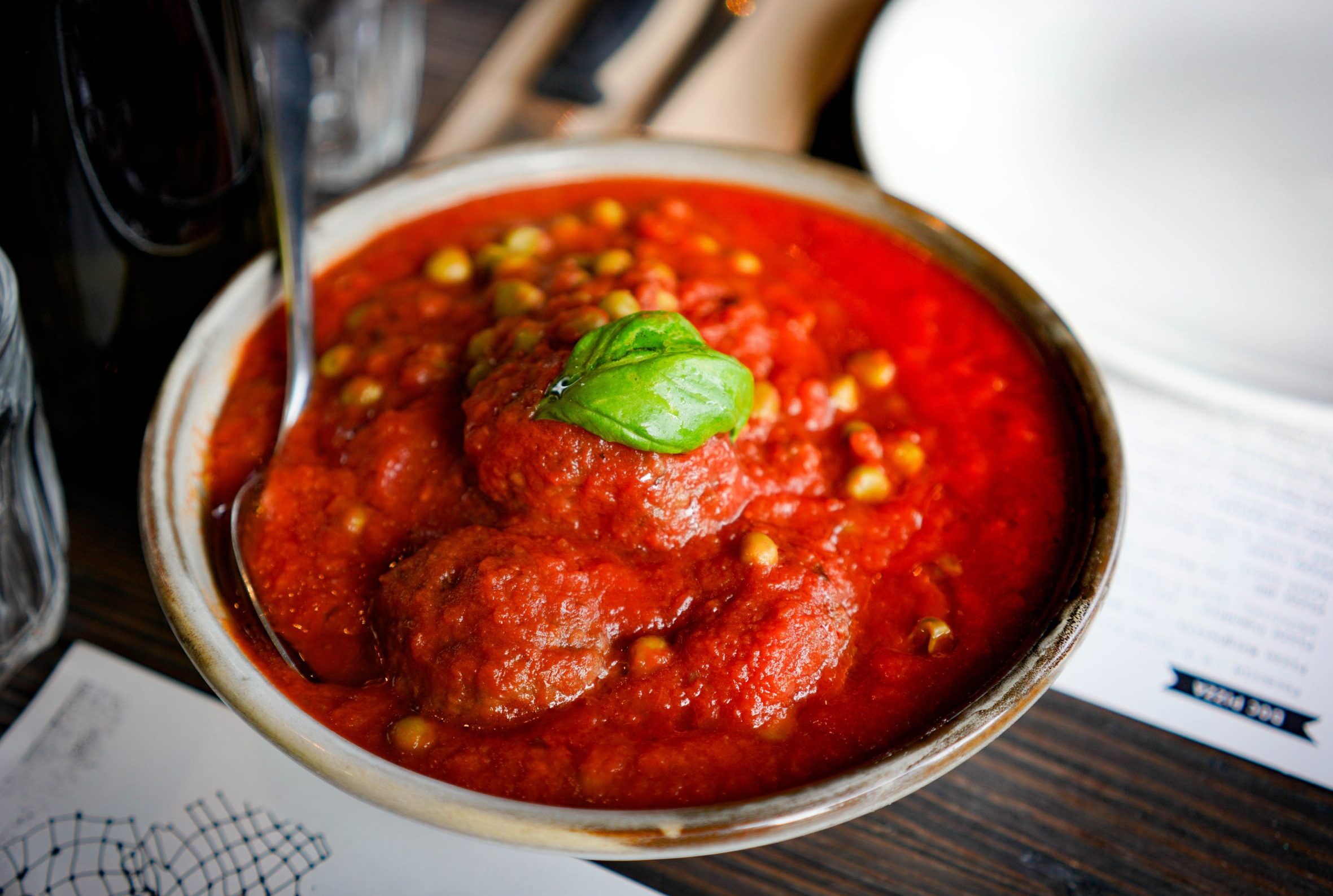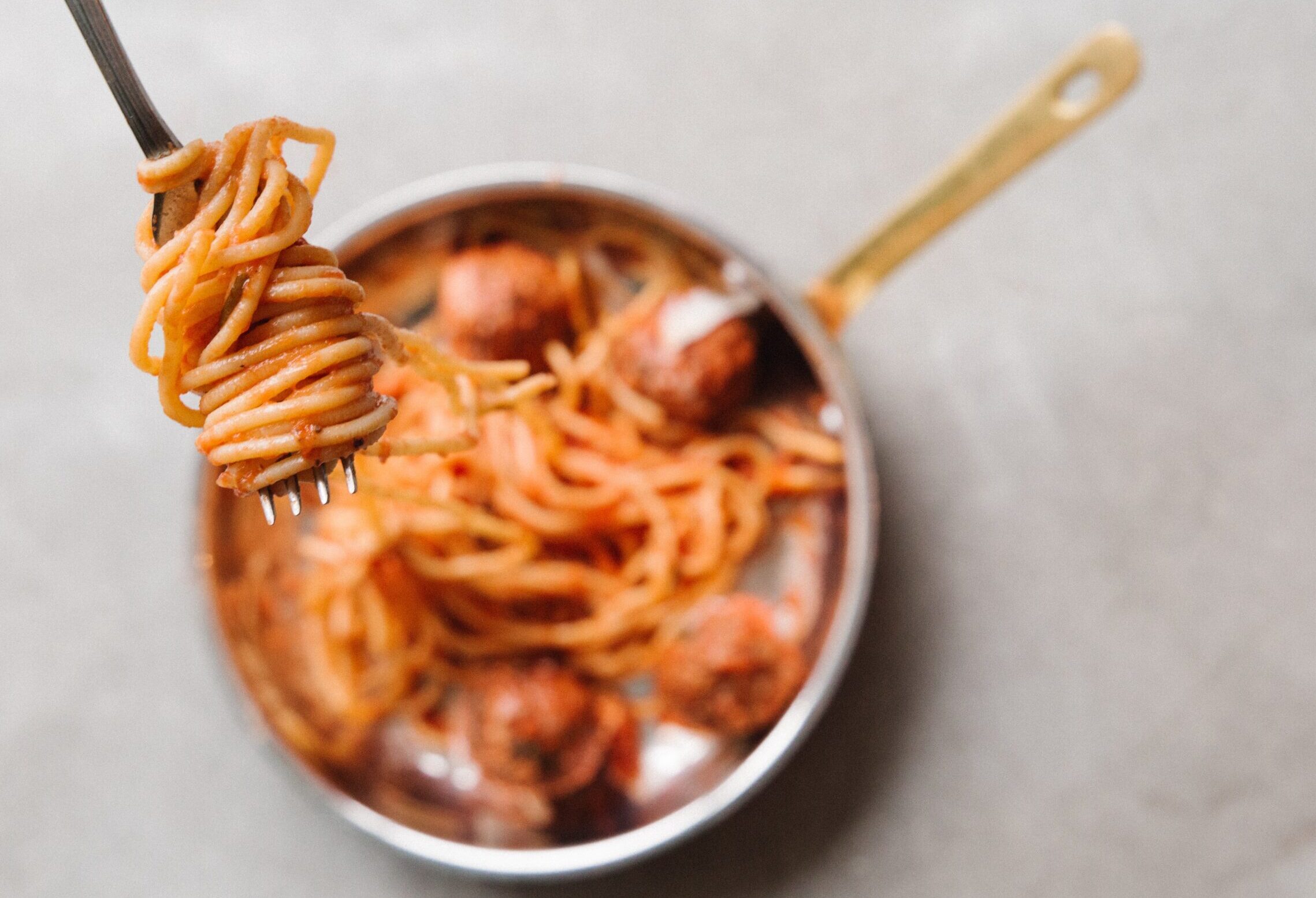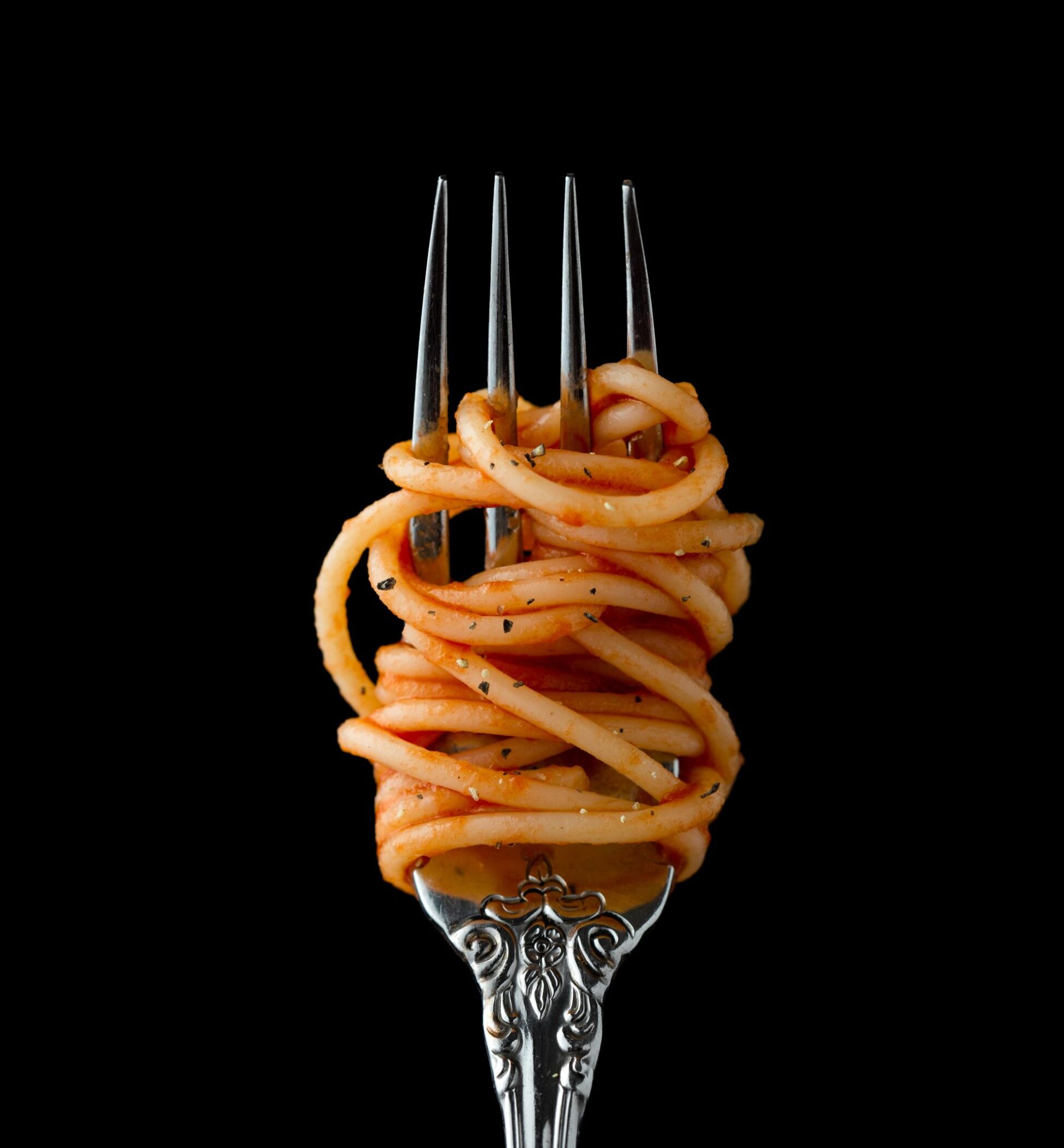If there’s one thing that can elevate a simple plate of pasta into a culinary masterpiece, it’s undoubtedly the sauce. Whether you prefer a classic tomato-based delight or crave something more indulgent like Alfredo or Carbonara, we’ve got you covered. In this ultimate guide, we’ll walk you through everything you need to know about making the perfect pasta sauce from scratch. So grab your apron and get ready to embark on a flavorful journey that will leave your taste buds begging for more! Let’s dive in and uncover the secrets behind crafting mouthwatering pasta sauces that will have everyone coming back for seconds (and maybe even thirds!).
What Makes a Good Pasta Sauce?
What makes a good pasta sauce? The answer lies in the perfect balance of flavors, textures, and aromas that come together to create a harmonious symphony on your plate. It’s all about finding that sweet spot where acidity meets richness, and tanginess complements sweetness.
First and foremost, the quality of ingredients is paramount. Opt for ripe tomatoes bursting with flavor or go for canned San Marzano tomatoes if fresh ones are not available. Fresh herbs like basil, oregano, and parsley add a burst of freshness while dried spices like red pepper flakes or fennel seeds bring depth to the sauce.
Texture plays a crucial role as well – do you prefer a smooth and velvety sauce or one with chunks of vegetables? Some might argue that a little bit of texture adds character to the dish.
Another factor to consider is cooking technique. Slow-simmered sauces allow flavors to meld together over time while quick sautés can result in vibrant yet lighter sauces.
Don’t underestimate the power of seasoning. A pinch of salt can elevate even the simplest tomato sauce while freshly ground black pepper adds a subtle kick.
Creating an exceptional pasta sauce requires careful consideration of ingredients, balance between flavors and textures, proper cooking techniques, and just the right amount of seasoning. Stay tuned as we explore classic recipes that will have you perfecting your pasta game in no time!

How to Make a Classic Tomato Sauce
Making a classic tomato sauce is an art form that requires patience and attention to detail. The key to achieving the perfect balance of flavors lies in using the freshest ingredients and allowing them to simmer slowly and meld together.
To start, gather your ingredients: ripe tomatoes, garlic, olive oil, onions, salt, sugar, and dried herbs like oregano or basil. Begin by blanching the tomatoes in boiling water for a few seconds before transferring them to an ice bath. This will make it easier to remove their skins.
Next, heat some olive oil in a large pot over medium heat. Add finely chopped onions and minced garlic, sautéing until they become fragrant and translucent. Then add your peeled tomatoes along with their juices.
Allow the mixture to come to a gentle simmer before adding salt, sugar (to balance out any acidity), and your chosen dried herbs. Reduce the heat slightly and let it cook uncovered for at least 45 minutes – longer if you have time – stirring occasionally.

As the sauce simmers away on the stove, its flavors will intensify as it thickens into a rich consistency that coats pasta beautifully. Adjust seasoning as needed throughout the cooking process; taste testing is essential!
Remember that practice makes perfect when it comes to tomato sauce making – experiment with different varieties of tomatoes or add other ingredients like red wine or fresh basil for added depth of flavor. With time and experience, you’ll find yourself mastering this timeless Italian staple!
Puttanesca Sauce
Puttanesca sauce is a classic and flavorful option for pasta lovers. Originating from Italy, this bold and vibrant sauce is known for its unique combination of ingredients. The name “puttanesca” actually translates to “in the style of a prostitute” in Italian, adding an intriguing backstory to this delicious creation.
The key components of puttanesca sauce include tomatoes, garlic, olives, capers, anchovies (optional), and chili flakes. These ingredients come together to create a rich and tangy flavor profile that will leave your taste buds dancing with delight.
To make puttanesca sauce, start by sautéing garlic in olive oil until golden brown. Add diced tomatoes and cook them down until they become thick and concentrated. Next, add the olives, capers, anchovies (if using), and chili flakes to infuse the sauce with their distinctive flavors.
Simmer the sauce for about 15-20 minutes to allow all the flavors to meld together beautifully. Serve it over your favorite pasta noodles – spaghetti or penne are popular choices – garnished with fresh parsley or grated Parmesan cheese for an extra touch of indulgence.
The robust flavors of puttanesca sauce make it perfect for pairing with hearty pastas like rigatoni or fusilli. It’s a versatile option that can be enjoyed on its own as a vegetarian dish or enhanced with additions such as grilled chicken or shrimp for those who prefer some protein in their meal.
Whether you’re craving something bold and spicy or simply want to try something new in your pasta repertoire, puttanesca sauce is sure to satisfy your taste buds. Its intense flavors will transport you straight into the heart of Italy with every bite! So go ahead and give this authentic recipe a try – you won’t be disappointed!
Alfredo Sauce
Alfredo Sauce is a decadent and creamy pasta sauce that originated in Italy. It’s made with butter, cream, and parmesan cheese, resulting in a rich and velvety texture that perfectly coats your pasta.
To make this indulgent sauce, start by melting butter in a pan over medium heat. Once melted, add minced garlic and cook until fragrant. Then pour in heavy cream and simmer until it starts to thicken slightly.
Next comes the star ingredient – grated parmesan cheese. Slowly sprinkle it into the pan while continuously whisking to prevent clumps from forming. Keep whisking until the cheese has completely melted into the sauce.
You can enhance the flavor of your Alfredo Sauce by adding freshly ground black pepper or even some nutmeg for a hint of warmth. Be sure to taste as you go and adjust seasoning accordingly.
Once your sauce is ready, toss it with cooked pasta of your choice – fettuccine is traditional but feel free to experiment! The result will be a luxurious dish that will leave you craving more.
Remember, Alfredo Sauce is best enjoyed immediately after making it as its creamy consistency tends to change upon reheating. So gather around with friends or family and savor every mouthful of this sumptuous treat!
Carbonara Sauce
Carbonara sauce is a classic Italian pasta sauce that is rich, creamy, and utterly delicious. It’s made with just a few simple ingredients – eggs, pecorino cheese, pancetta or bacon, and black pepper. The result is a silky smooth sauce that coats the pasta perfectly.
To make carbonara sauce, start by cooking your pancetta or bacon until it’s crispy. Remove it from the pan and set aside. In a bowl, whisk together eggs and grated pecorino cheese until well combined.
Next, cook your pasta in salted boiling water until al dente. Drain the pasta but reserve some of the cooking water.
Return the cooked pasta to the pot and add in the crispy pancetta or bacon. Pour over the egg mixture and toss everything together quickly so that the heat from the pasta cooks the eggs without scrambling them.
If you like your carbonara extra creamy, you can add some of the reserved cooking water to thin out the sauce slightly.
Serve immediately with an extra sprinkling of pecorino cheese and freshly ground black pepper on top.
Carbonara sauce is best enjoyed right away while it’s still hot and fresh. The combination of salty pancetta or bacon with creamy eggs makes for an indulgent dish that will leave you wanting more!
How to Store and Reheat Your Pasta Sauce
Knowing how to properly store and reheat your pasta sauce is just as important as making it in the first place. By following a few simple steps, you can ensure that your sauce stays fresh and delicious for future meals.
Allow your sauce to cool completely before transferring it to an airtight container. This will prevent any bacteria from growing and keep your sauce tasting its best. Make sure to label the container with the date so you know when it was made.
When storing your pasta sauce, refrigerate it promptly. It’s best to use within 3-4 days of making it, but if properly stored, some sauces can last up to a week. If you don’t plan on using it within that time frame, consider freezing portions of the sauce for later use.

To freeze pasta sauce, pour cooled sauce into freezer-safe containers or zip-top bags. Leave enough space at the top for expansion during freezing. Seal tightly and label with the date before placing in the freezer. Frozen pasta sauce can typically be kept for up to 3 months.
When ready to enjoy your frozen or refrigerated pasta sauce, thaw slowly in the refrigerator overnight. Once thawed, transfer the desired amount of sauce into a pot and gently heat over low-medium heat until warmed through. Stir occasionally to ensure even heating.
Remember not to refreeze previously frozen pasta sauces unless they have been cooked thoroughly after defrosting.
By following these guidelines for storage and reheating techniques, you can always have a homemade pasta dinner ready in no time! So go ahead – get creative with different types of sauces and experiment with various flavors while keeping them fresh for whenever those cravings strike!
So there you have it – The Ultimate Guide to Making the Perfect Pasta Sauce! We hope this guide has inspired you to roll up your sleeves and create some mouthwatering dishes that will impress both family and friends alike.
